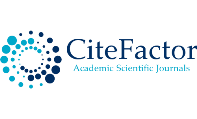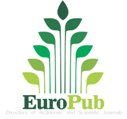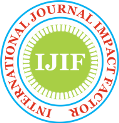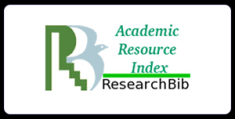Effect of hydrolate from Melaleuca alternifolia (Maiden & Betche) Cheel leaves in rat’s skin wound healing
Abstract
Melaleuca alternifolia (Maiden & Betche) Cheel was introduced in Brazil from Australia and is commonly known as the tea tree. The trees reach 5m in height, growing in sandy soil with low water retention capacity. The objectives of the present study were to identify the species cultivated, analyze tea tree oil and hydrolate, and evaluate the effect of hydrolate from its leaves on skin wound healing in rats. Melaleuca samples were obtained from Sitio Melaleuca, Ibiuna, São Paulo, and the oil was obtained using steam drag distillation technique, with posterior collection of hydrolate containing 3 to 5% oil. A gel with 10% of hydrolate was prepared. Thirty rats (Ethics Committee UNINOVE AN 37/2014) were separated in three groups: one group was treated with 1mL of hydrolate gel, another group with 1mL of distilled water/gel (negative control) and the third group with a thin layer of fibrinase (positive control). Daily application was performed on a 4cm2 wound in the animal dorsal region and observed for 14 days. Results indicated a statistical difference in the wound areas of animals treated with hydrolate from Melaleuca gel, and the control animals. At the end of 14 days, the wounds of animals treated with gel+hydrolate were fully healed, corresponding to 91.3% better response when compared to the control group. Animals treated with fibrinase achieved only 63.9% more than the control animals. Conclusion: Tea tree (Melaleuca alternifolia (Maiden & Betche) Cheel) hydrolate can help with skin healing and can be used as an alternative treatment for healing wounds in humans at a low cost.
Downloads
Copyright (c) 2022 Edgar Matias Bach Hi , Nilsa Sumie Yamashita Wadt , Rommel Alexandre Sauerbronn da Cunha, Erna Elisabeth Bach

This work is licensed under a Creative Commons Attribution 4.0 International License.
The Authors retain copyright (full ownership) to their content published in the Journal. We claim no intellectual property rights over the material provided by any User in this Journal. However, by setting pages to be viewed publicly (Open Access), the User agrees to allow others to view and download the relevant content. In addition, Open Access articles might be used by the Provider, or any other third party, for data mining purposes.
The Provider reserves the rights in its sole discretion to refuse or remove any content that is available via the Website.



















